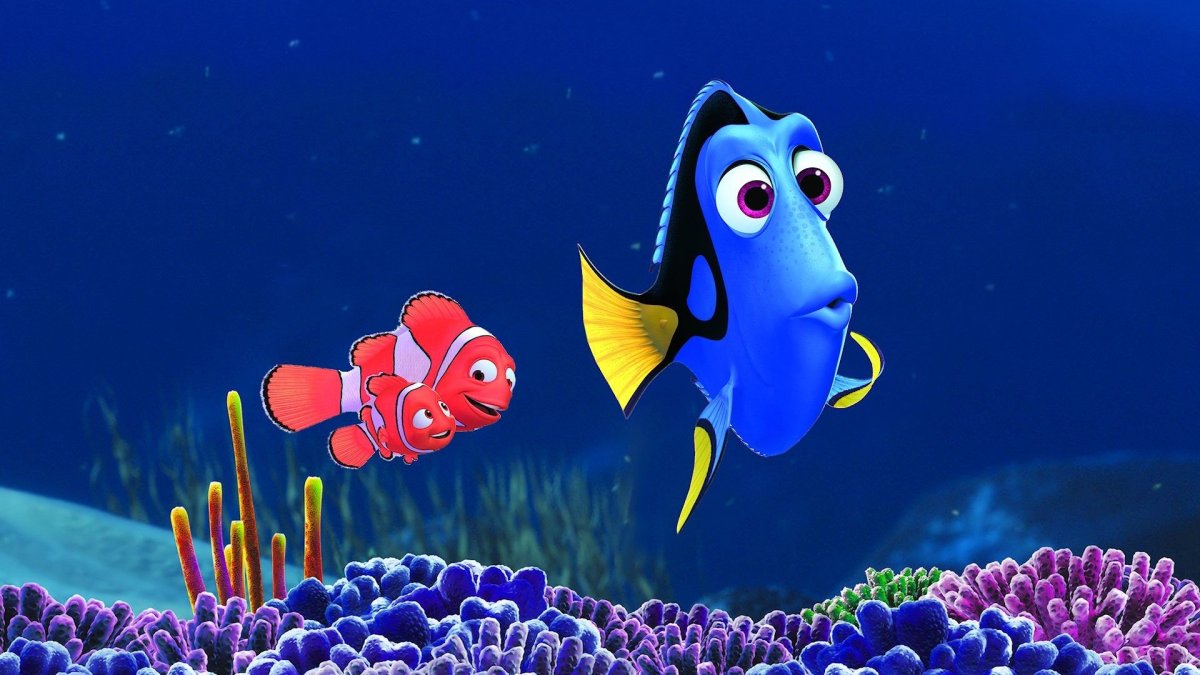The fish in 2003 animated movie Finding Nemo and its upcoming sequel Finding Dory are adorable, there’s no doubt about it. It’s tempting to want a Nemo of your own, swimming around in a fish tank in your living room.

Apparently, according to marine biologists, that lovely image is actually horrifying in reality: the world’s population of clownfish — Nemo’s orange-and-white species — has dwindled to the point where it has disappeared in some places where it formerly flourished. In others, its numbers are drastically lower than they were before 2003.
READ MORE: New images illustrate devastating coral bleaching of Great Barrier Reef
University of Queensland PhD candidate Carmen da Silva, who attends the school of biological sciences, says that clownfish were ridiculously popular after Finding Nemo was released.
“Clownfish sales skyrocketed,” da Silva told The Huffington Post Australia. “I think a lot of people fell in love with the character Nemo and they wanted one for their aquarium. There’s nothing wrong with owning a marine fish in an aquarium but I think a lot of people didn’t realize 90 per cent of clownfish sold are taken from the wild.”
Now, the already threatened species is at the brink in many spots, even extinct in certain “collection locales” in Thailand, Indonesia, the Philippines and parts of the Great Barrier Reef. Some scientific studies claim, however, that the fall in numbers isn’t that severe, and the legal farming for aquariums barely makes a dent in the overall population: the biggest impacts on the clownfish are from coral bleaching and warming sea temperatures.
Despite that assurance, The Saving Nemo Foundation, a group dedicated solely to supplying aquarium stores with nursery-bred clownfish, is working overtime to help protect the species, especially with sequel Finding Dory on the horizon in mid-June.
- Taylor Swift surprises fans with double album, ‘The Tortured Poets Department’
- Hot Docs left out of budget 2024 funds as financial woes cloud arts organization
- Quebec artists demand more provincial funding, say many struggle to ‘work creatively’
- Calgary Opera’s production of ‘Das Rheingold’ features fantastic effects, costumes
WATCH: Finding Dory trailer: Nemo and friends are back in Finding Nemo sequel
“The surprising thing is that clownfish are actually very easy to breed in captivity,” Saving Nemo director Karen Burke da Silva (no relation) said in a video on the official site.
“Clownfish are impacted by coral bleaching and warming sea temperatures because anemones become bleached in pretty much the same way as corals,” she continued. “Then there’s new research that shows ocean acidification also affects clownfish larvae. It stops them from being able to smell an anemone, which they need to settle into once they become juveniles.”
Saving Nemo’s initiative, called “#FishKiss4Nemo,” is asking social media audiences to make a “fish kiss” face and post it to whatever medium they want, using the hashtag.
The organization’s ultimate goal is to reach a million kisses, and have Ellen DeGeneres share her own kissy-face photo. As of this posting DeGeneres has not mentioned the campaign, but Saving Nemo is dedicated to getting her to join and eventually become the ambassador of the initiative.
DeGeneres voices the lovable, forgetful Dory, who will be the star of the upcoming Finding Dory.
So are blue tangs (Dory’s species) as susceptible to harm as clownfish? They might be in an even tougher spot, since it is very difficult to breed them in captivity.
“Blue tangs are a fascinating species and they’re gorgeous big fish to have in aquariums, but they release their eggs into the ocean,” Burke da Silva said. “Clownfish glue their eggs down, but blue tang eggs are more complicated. First you’d have to get a blue tang to spawn, and know when it spawned into the water, then collect those fertilized eggs and raise them in the right situation — it’s very difficult.”
For now, biologists encourage people who insist on having aquarium fish to seek out sustainable, non-wild fish as pets.




Comments